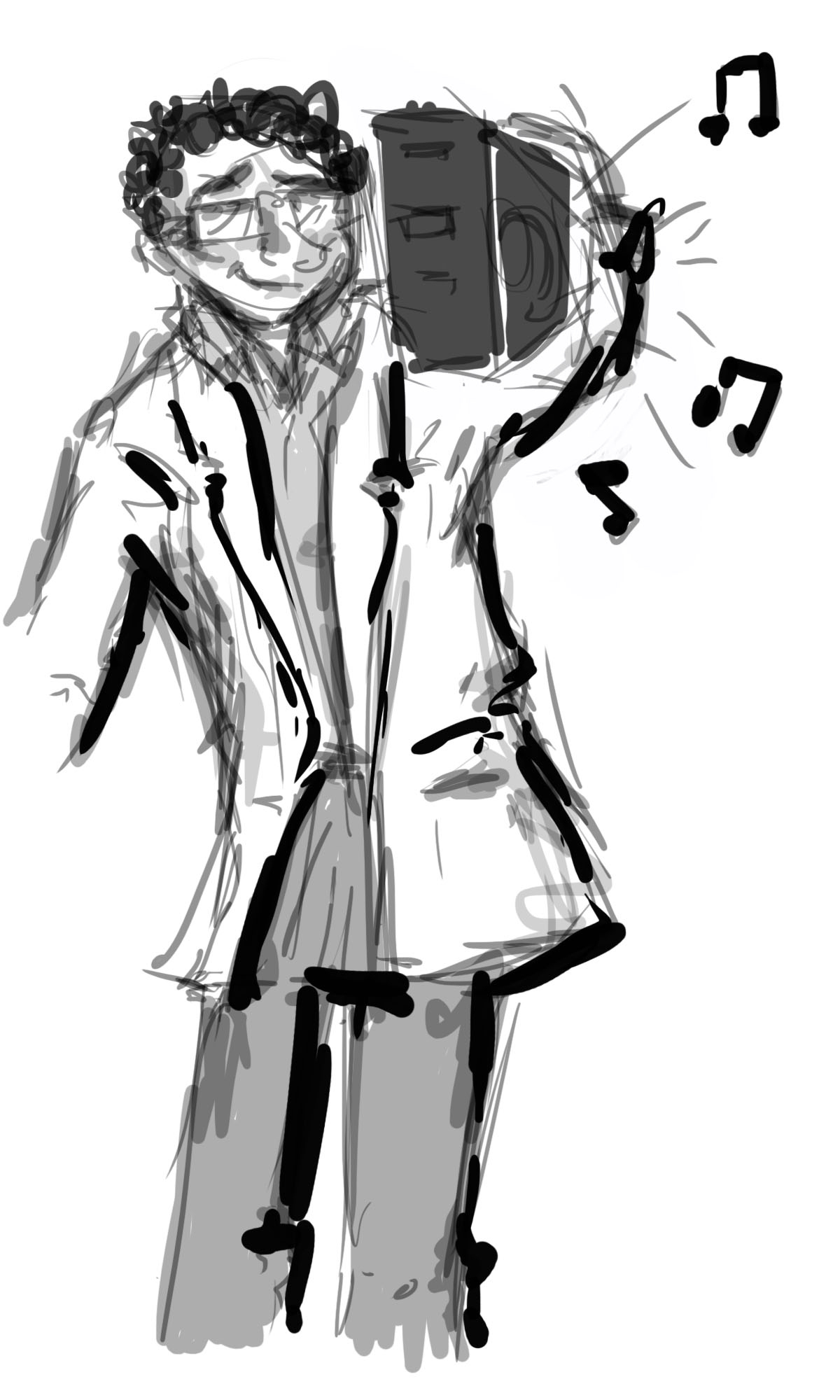Hans Christian Andersen said, “Where words fail, music speaks.” In a similar vein, Victor Hugo stated, “Music expresses that which cannot be said and on which it is impossible to be silent.” It’s no secret that music has the power to change us, to uplift in times of joy, and to comfort in times of sorrow. It is at once intellectual and deeply emotional. Yet until relatively recently, the origins of music’s spellbinding power have remained shrouded in mystery.
Over the past 20 years, scientists have made astounding strides in understanding how the human brain functions. Armed with this new information, an increasing number of neuroscientists are beginning to look at music through a different lens, often yielding intriguing results.
A worldwide investigation is underway. A 2010 study by McGill researchers Valorie N. Salimpoor, Mitchel Benovoy, Kevin Larcher, Alain Dagher, and Robert Zatorre indicated a clear link between listening to music and the release of dopamine—which serves as the primary pleasure indicator—into the dorsal and ventral striata of the brain. Other things that lead to its release include reaching an orgasm and snorting cocaine. In the brain—as in other things—sex, drugs, and rock ’n’ roll are linked.
The same study followed a group of people who claimed to experience “chills” when listening to the climax of a particular song. The researchers found increased neural activity in the caudate region of the brain in the moments before the climax. This activity reflects the powerful effect of anticipation on the brain—any casual listener can recognize this in the build-up to their favourite EDM drop.
Research is finding that music can do much more than simply provide pleasure. A 2009 study by researchers at Imperial College London has suggested that listening to pleasurable music can help people recover from debilitating brain injury. In particular, the study found that the release of dopamine that occurs when we listen to good music can also help damaged parts of the brain function properly.
This is not the only way music can be used for therapeutic purposes. Research out of Queen’s University has found that patients suffering from Alzheimer’s disease, who struggle with recall, can often remember music perfectly. They could even point out wrong notes in some of their favourite songs. The researchers are now using this information to better understand and combat dementia.
The amount of scientific study being devoted to the field of musical neuroscience is becoming increasingly more popular. In fact, one of the most active communities exists right here in Montreal. Perhaps its most famous figure is Daniel Levitin, McGill professor and author of three bestselling books, including the seminal This Is Your Brain On Music (2006). The works of Levitin and other McGill neuroscientists such as Zatorre have inspired a new wave of young neuroscience students to challenge the purpose and effects of music on the brain.
One of these students is PhD Candidate Falisha Karpati. Karpati studies under Professor Krista Hyde in the McGill Neuroscience department. She is currently pursuing her thesis on the effect of dance training on the brain and hopes to compare the effects of dance therapy to the well-documented effects of music therapy. Though Karpati could not divulge the specific findings of her thesis as it is still in progress, she expressed an optimistic view of her findings to date.
“In general, the work shows us that the brain is very plastic,” Karpati said. “We find changes following long and short-term training in the arts, [and] changes in brain structure as well as function.”
However, neuroscientists’ attempts to objectively measure and quantify music’s effects have not been met with complete enthusiasm. After recieving a brain scan from Levitin in 2009, Sting, the lead singer of english rock band The Police, expressed discomfort with the results.
“I’m not even sure asking the question isn’t harmful. It’s kind of scary,” Sting said. “I’m afraid of looking at [my brain scan] too much in case I forget how to [make music].” For some, bringing the long unknown qualities of music to light decreases their wonder and romanticism.
Similarly surprising are the findings from a 2006 study conducted by Emory University. Researchers George Berns and Sara Moore played various types of music to subjects aged 12 to 18. Through careful observation, the scientists began to notice a pattern. The songs that had greater mainstream success elicited a consistent effect in the brain: An increase of neural activity in the nucleus accumbens, a region of the brain that plays a significant role in the processing of motivation and pleasure. Before being tested, the subjects were surveyed on their musical preferences. Interestingly, a subject’s personal music preferences largely failed to predict how their brain would react. This helps explain why Top 40 music is so popular. Even if one claims to love Miles Davis and hate Justin Bieber, their brains just may be telling them the opposite.
Though there have been strides in the field of auditory neuroscience, there is still much to reveal about the relationship between music and the brain. Though studies have indicated positive correlations between music in everything from intelligence to memory, much about the “brain on music” remains unknown. We stand on the edge of an era of seemingly limitless possibilities. As we continue to unlock the secrets of the brain, what is becoming clear is that music is perhaps even more important than we would have ever considered before.









